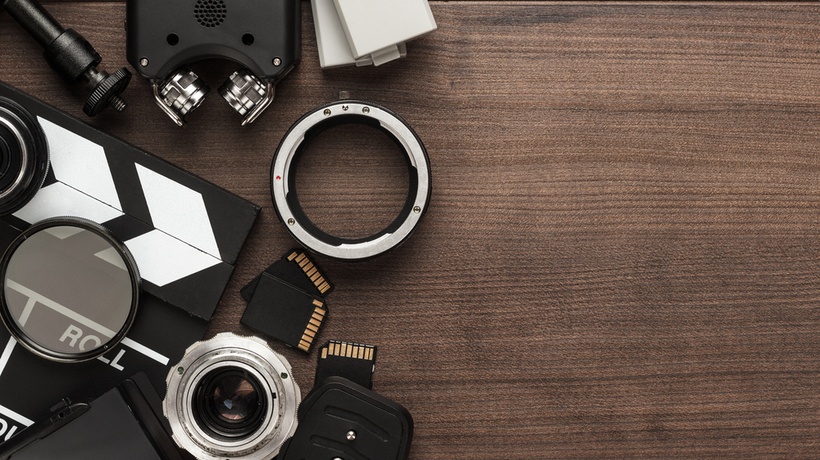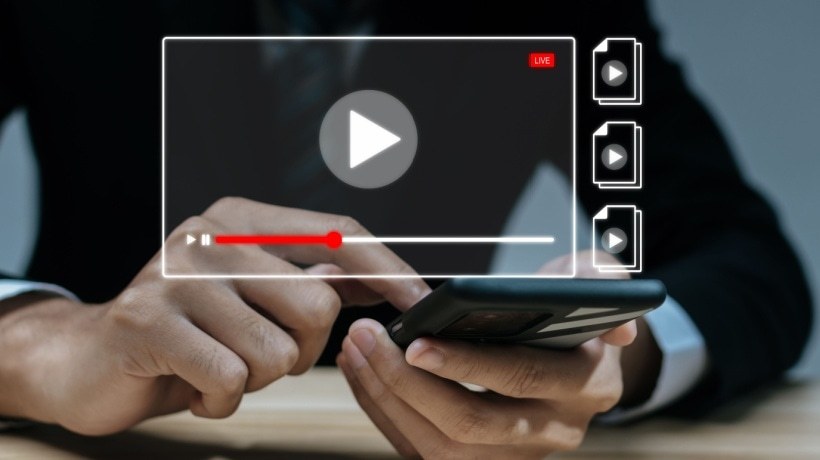How To Successfully Create Videos For Learning
Creating videos for learning can be a big task. To avoid unnecessary setbacks or budget blowouts, make sure you’ve carefully planned every aspect of the production before you begin. Here's a comprehensive guide on the major aspects to consider.
Vision
Before anything else, you must create a clear vision for the video you wish to make. Without a clear vision, your final product is more than likely to disappoint, wasting time and money along the way. Start by identifying key objectives or messages that you wish to communicate. The second critical point to cement is the budget, as this will influence all your decisions. From there, brainstorm creative aspects such as the script, look, and feel of the video. Last on the list is the technical decisions including location, talent, team, and equipment.
Set, Props, Costume, And Makeup
Simply put, make sure you have them all ready to go on the day! Scrambling to source any one of these on the day can severely impact your ability to film and keep your schedule on track. It can be helpful to assign certain items to different crew members as a responsibility to keep track of them.
Lighting
Lighting is an unsung hero in video. Correct control over lighting can take the look of your video from home movie to professional production. If you’re working with a videographer, they may have their own lighting equipment. Otherwise, you can rent or purchase your own.
The lighting equipment you need will depend on your location, budget, and desired look. For location, consider if you are inside or outside, as this will impact your ability to use natural or artificial lighting. If you are inside, are there windows or ceiling lighting that needs to be compensated for?
Larger budgets will give you more control over your lighting. Three-point lighting systems are the industry standard, but ring lights have risen in popularity as a budget-friendly alternative. If you’re outside, you may be able to take advantage of light-reflectors: hand-held, collapsible fabric disks that catch and redirect natural light.
Sound
As with lighting, capturing sound is an invisible art. When it comes to your setup, you need to consider the sounds that you want to capture (voices, effects) and those that you don’t (ambient, background).
Microphones can be roughly sorted into the kind of direction they are designed to capture. Unidirectional microphones, such as lapel mics or shotgun mics, capture sound from a narrow area. They are best for capturing voices but must be located close to the sound source and carefully pointed toward it. Omnidirectional microphones will capture sound from a very wide area. They can be placed more generally but will pick up much more background noise.
Ideally, find a location that is as quiet as possible to reduce possible interference from background noises. In a quiet studio, a single omnidirectional microphone could be enough. The noisier the environment, the more necessary unidirectional microphones will be to reduce background noise.
Cameras
Your camera setup will be largely dependent on your budget, rather than location. Smartphones continue to be a brilliant low-cost option, but still require additional lighting and sound capture equipment.
With higher-end cameras, you are almost always better off to hire than to purchase, unless you plan to employ a videographer full-time. When hiring, make sure that you are confident in how to use the camera, including adjusting the focus and aperture. Check that the camera is compatible with any plug-in microphones or lighting.
Always use a tripod, as it is impossible to keep a camera steady with hands alone. Make sure that it is tall enough, has the right attachment for the camera, and can bear the weight of the camera. Don’t forget to bring compatible, high-capacity SD cards to record your footage onto.
Team
Video production teams come in all shapes and sizes. It is important to have a minimum of two people behind the camera to manage the many different elements of the shoot. In a two-person team, you will need one person managing the camera and sound capture, and another managing the lighting and staging.
Larger productions will require larger teams. As your team expands, it is important to delegate roles with clear responsibilities for each member. You may include roles such as videographer, sound engineer, lighting manager, talent manager, and set manager.
It is also critical to designate a director to oversee the production and make important decisions. A poorly defined team will struggle to stay on schedule and may encounter conflicts and misunderstandings.
On The Day
On the day, make sure to check all the things you need against a comprehensive list so nothing is forgotten. Make a clear and achievable schedule for the day for everyone to follow. You may also want to consider bringing food and water for your team and talent, and plenty of copies of any scripts. Ensure you have backup batteries and power supplies for electronic equipment and double-check that everyone involved has suitable transport, particularly if you are moving between multiple locations in one day.









